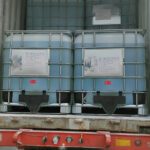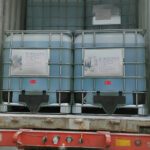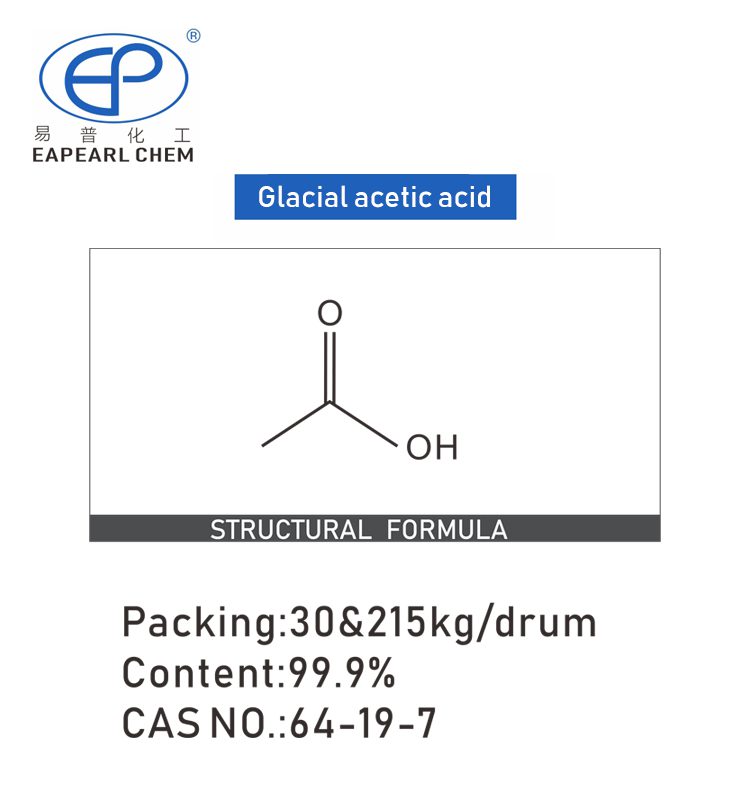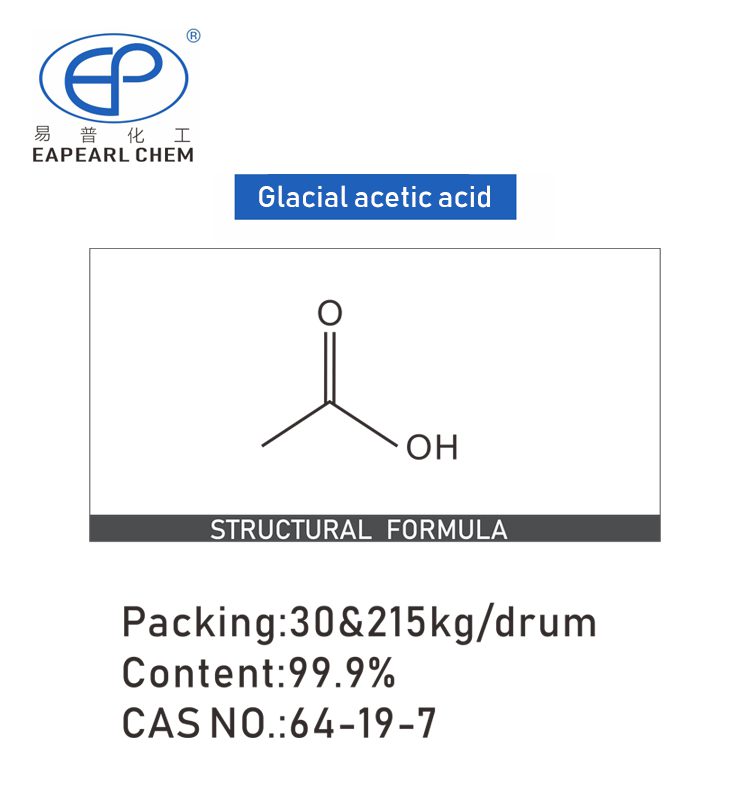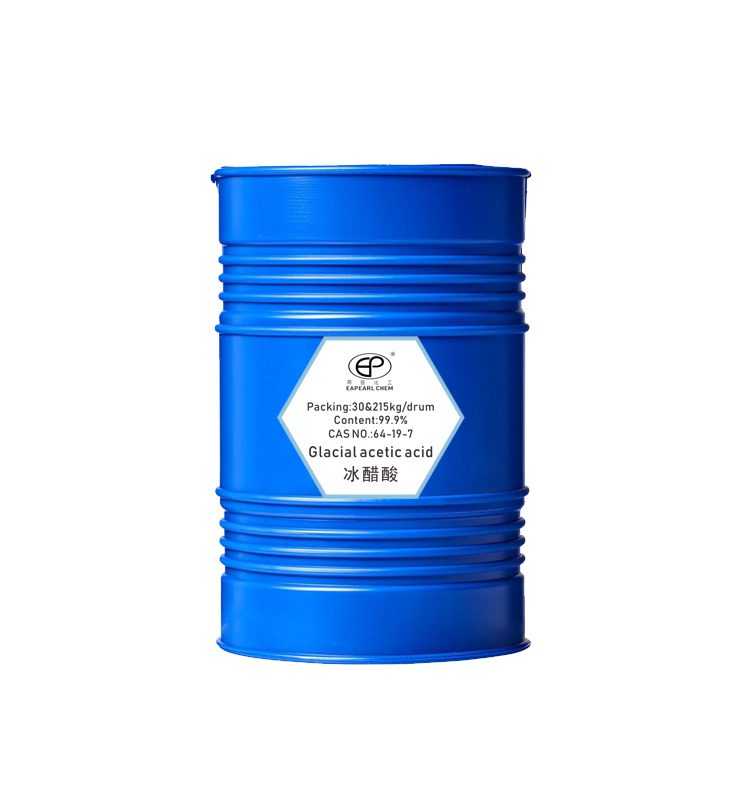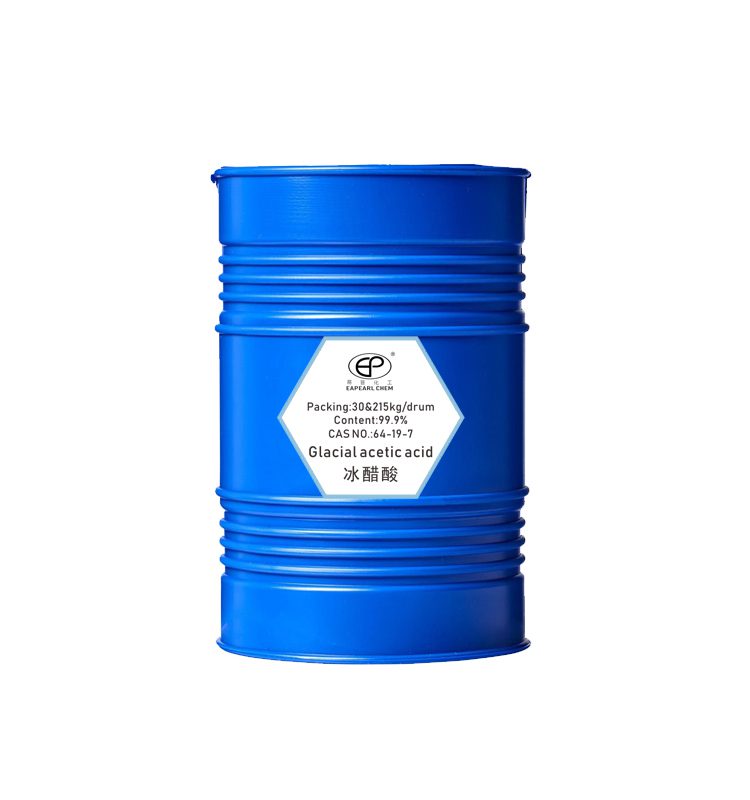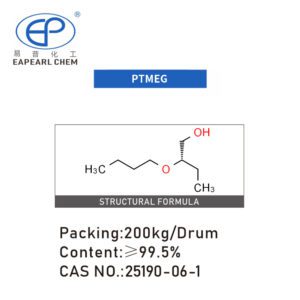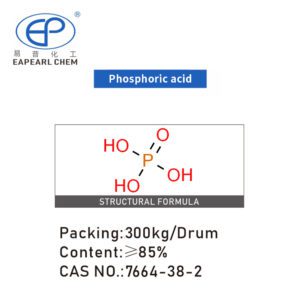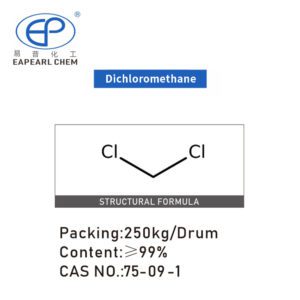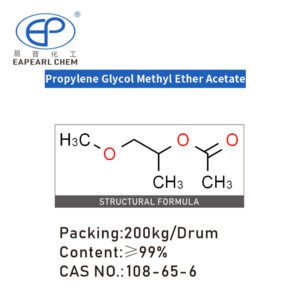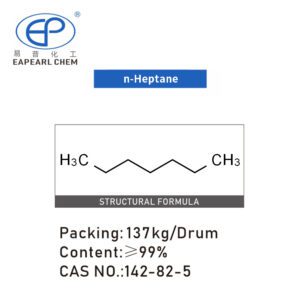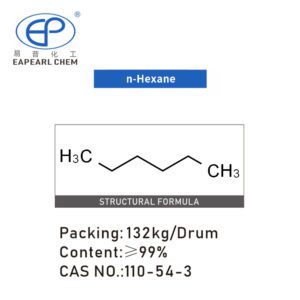Acetic acid
Acetic acid, an organic compound, possesses several noteworthy characteristics. It manifests as a colorless and hygroscopic liquid, which intriguingly solidifies into ice-like crystals at lower temperatures. A distinctive attribute of this compound is its pungent smell. Furthermore, acetic acid exhibits intriguing behavior; it can be miscible with water, ethanol, ether, and carbon tetrachloride and remains insoluble in carbon disulfide. Caution is warranted when handling this substance due to its flammable and corrosive nature, evoking intense irritation.
| Product Name: | Acetic acid |
|---|---|
| CAS No.: | 64-19-7 |
| Purity | 99.9% |
| Packing: | 1ton/drum, 215kg/drum |
| HScode: | 29152100 |
We use the latest network security technology to protect your personal information from leakage, and to ensure that you can shop safely and securely.
Share
Description:
Preparation Method
Potassium permanganate was added to industrial acetic acid and dissolved. The acetic acid was distilled off in a distillation column. An appropriate amount of chromic anhydride was added to dissolve, and the semen of the upper layer was distilled. Take the middle fraction is glacial acetic acid.
Synonyms:
Characteristics:
| Molecular Formula | C2H4O2 |
| Molar Mass | 60.05 |
| Density | 1.049 g/mL at 25 °C(lit.) |
| Melting Point | 16.2°C(lit.) |
| Boling Point | 117-118 °C(lit.) |
| Flash Point | 104°F |
| JECFA Number | 81 |
| Water Solubility | miscible |
| Solubility | alcohol: miscible(lit.) |
| Vapor Presure | 11.4 mm Hg ( 20 °C) |
| Vapor Density | 2.07 (vs air) |
| Appearance | Solution |
| Specific Gravity | 1.0492 (20℃) |
| Color | colorless |
| Odor | Strong, pungent, vinegar-like odor detectable at 0.2 to 1.0 ppm |
| Exposure Limit | TLV-TWA 10 ppm ~25 mg/m3) (ACGIH,OSHA, and MSHA); TLV-STEL 15 ppm(37.5 mg/m3) (ACGIH). |
| Maximum wavelength(λmax) | [‘λ: 260 nm Amax: 0.05’, , ‘λ: 270 nm Amax: 0.02’, , ‘λ: 300 nm Amax: 0.01’, , ‘λ: 50 |
| Merck | 14,55 |
| BRN | 506007 |
| pKa | 4.74(at 25℃) |
| PH | 3.91(1 mM solution);3.39(10 mM solution);2.88(100 mM solution); |
| Storage Condition | Store below +30°C. |
| Explosive Limit | 4-19.9%(V) |
| Refractive Index | n20/D 1.371(lit.) |
| Physical and Chemical Properties | Characteristics of colorless transparent liquid, irritating odor. melting point 16.635 ℃ boiling point 117.9 ℃ relative density 1.0492 refractive index 1.3716 flash point 57 ℃ solubility in water, ethanol, benzene and ether miscible, insoluble in carbon disulfide. |
| Use | Mainly used for the preparation of acetic anhydride, vinyl acetate, acetic acid esters, metal acetate, chloroacetic acid, cellulose acetate, used in the production of ethyl acetate, edible spices, wine spices used as analytical reagents, solvents and lotion |
Use
FAQ:
Q1. What is Acetic Acid?
A1. Acetic Acid is a clear, colorless liquid with a distinctive pungent odor. It is an organic compound commonly used in various industrial applications. Acetic Acid is also known as ethanoic acid and has the chemical formula CH3COOH.
Q2. What are the main uses of Acetic Acid?
A2. Acetic Acid has numerous applications across various industries. It is primarily used to produce vinyl acetate monomer (VAM), a key ingredient in manufacturing adhesives, paints, and coatings. Acetic Acid is also used to produce cellulose acetate fibers, solvents, dyes, and pharmaceuticals. Additionally, it is widely used as a food additive and preservative.
Q3. What are the different grades of Acetic Acid available?
A3. We offer different grades of Acetic Acid to meet the specific requirements of our customers. These include glacial Acetic Acid (99.8% purity), technical grade Acetic Acid (typically 98% purity), and diluted Acetic Acid solutions (typically 5-30% concentration).
Q4. What are the storage and handling requirements for Acetic Acid?
A4. Acetic Acid should be stored in a cool, dry, well-ventilated area away from direct sunlight, heat, and incompatible substances. It is advisable to store it in airtight containers made of materials such as stainless steel, glass, or high-density polyethylene. Acetic Acid should be handled with appropriate protective equipment, including gloves, goggles, and suitable clothing, as it can cause irritation and burns upon contact.
Q5. What are the packaging options available for Acetic Acid?
A5. We offer Acetic Acid in various packaging options to suit the needs of our customers. These include bulk shipments in tankers or iso tanks, intermediate bulk containers (IBCs), drums, and smaller containers such as bottles or cans. We can also accommodate specific packaging requirements based on customer preferences.
Q6. What are the transportation considerations for Acetic Acid?
A6. Acetic Acid is classified as a corrosive liquid for transportation purposes. Local regulations and international standards should transport it. Proper packaging, labeling, and documentation are essential to ensure safe transportation. Working with experienced shipping partners who specialize in handling hazardous chemicals is advisable.
Q7. What are the safety precautions to be taken when using Acetic Acid?
A7. When handling Acetic Acid, it is crucial to follow safety protocols. Wear appropriate personal protective equipment (PPE), including gloves, goggles, and suitable clothing. Avoid inhalation of vapors and ensure adequate ventilation in working areas. In case of skin or eye contact, immediately rinse with plenty of water and seek medical attention if necessary. Review the Material Safety Data Sheet (MSDS) for detailed safety information.
Q8. What is the shelf life of Acetic Acid?
A8. Under proper storage conditions, Acetic Acid has a relatively long shelf life. Typically, it can be stored for up to one year without significant degradation in quality. However, it is recommended to periodically test the acidity and purity of Acetic Acid after extended storage to ensure its suitability for specific applications.
Q9. What are the regulatory considerations for Acetic Acid?
A9. Acetic Acid is subject to various regulatory requirements, including local, regional, and international regulations. It is important to comply with applicable laws and regulations on the manufacturing, handling, transportation, labeling, and disposal of Acetic Acid. Stay updated on the latest regulations and work with experts to ensure compliance.
Q10. How can I place an order or inquire further about Acetic Acid?
A10. As an inaugural step, it is requisite that you ascertain your possession of the requisite qualifications and conditions enabling the acquisition of chemicals of a hazardous nature. To place an order or inquire about Acetic Acid, please get in touch with our sales team through the provided contact information on our website. Our knowledgeable staff will happily assist you with your inquiries, provide detailed product specifications, and offer competitive pricing based on your requirements.
相关产品
Loading Video or Picture:



